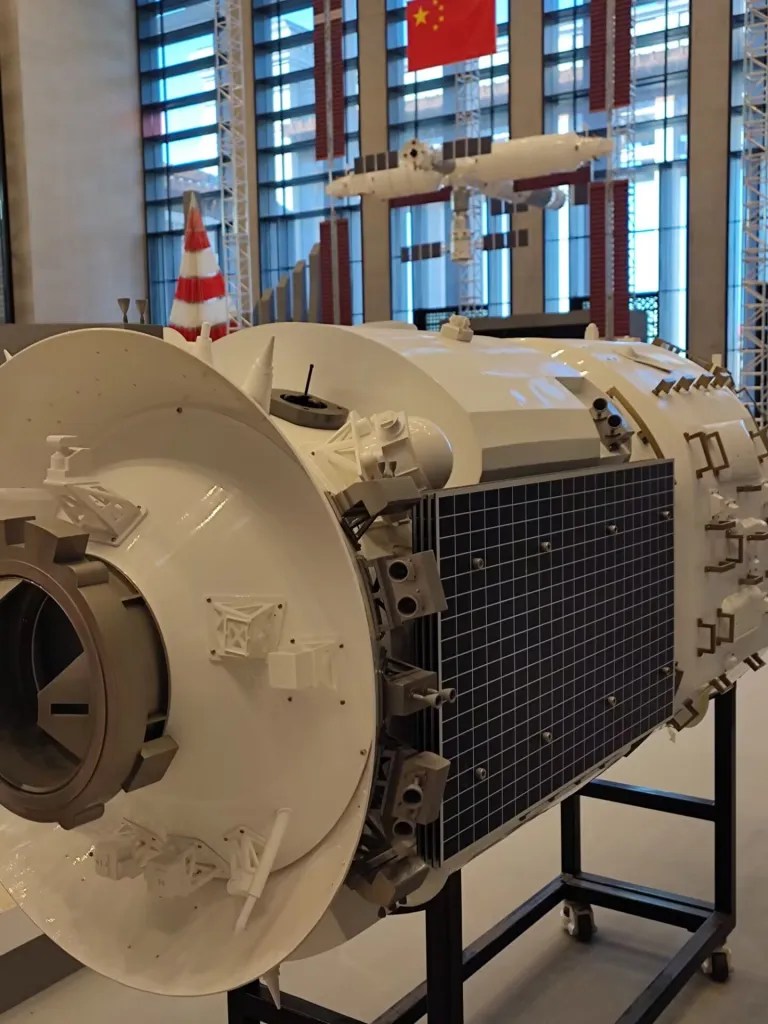
Beijing Zhongke Aerospace Exploration Technology Co., Ltd. is the first domestic aerospace enterprise with mixed ownership, and it is also the target enterprise that Oriental Aerospace Port focuses on introducing. Relying on the scientific research strength and resource advantages of the Institute of Mechanics of the Chinese Academy of Sciences and the Aerospace Flight Technology Center of the Chinese Academy of Sciences, China Aerospace Science and Technology has been committed to the research and development and integration of space technology and aerospace vehicles as a platform for the transformation of major national scientific research projects, as well as the transformation and provision of technological achievements. Aerospace launch service. The Lijian-1 rocket project also adds a brand-new name card to the Oriental Space Port, which will surely promote the construction of the Oriental Space Port to take a solid step forward.




In 2028, take a trip to space! Come and experience the space tourism capsule first|High-quality development research trip
[China Aerospace’s “space travel vehicle” will make its first flight in 2027, and manned space travel will be carried out in 2028]
The space travel vehicle uses a combination of a single-stage rocket and a tourist cabin. The tourist cabin has 4 panoramic windows and can accommodate 7 passengers in a single flight. Passengers. During the 10-minute flight, passengers will cross the Kármán Line at an altitude of 100 kilometers and experience the feeling of weightlessness that escapes the earth’s gravity for 3 minutes. Finally, the tourist capsule will land via parachute.

The project meets a 100-hour launch cycle each time, and the supporting aerospace theme park will have 10 space tourism aircraft on standby to perform space travel experiences in shifts. The landing site for aircraft launch and recovery will be planned and constructed in coordination with the aerospace theme park, space experience hall and aerospace science education base. Passengers will also receive short-term training in the park before flying.
With the development of China, People’s Republic of China aerospace technology, it is no longer a dream for the public to travel to space. On May 15, the 2024 “High-Quality Development Research Tour” Guangdong-themed interview event came to the Zhongke Aerospace Flight Technology Industrialization Base in Nansha District, Guangzhou. Here, reporters experienced a 1:1 replica of the space tourism capsule and learned that in 2028, passengers may be able to take a real rocket to sub orbit and experience the feeling of weightlessness.

According to the staff of Guangzhou Zhongke Aerospace Exploration Technology Co., Ltd. (referred to as “Zhongke Aerospace”), the suborbital vehicle that will take passengers to space will use a combination of a single-stage rocket and a tourist cabin. The tourist cabin will have four panoramic windows. , can carry 7 passengers on a single flight. During the 10-minute flight, passengers will cross the Kármán Line at an altitude of 100 kilometers and experience the feeling of weightlessness that escapes the earth’s gravity for 3 minutes. Finally, the tourist capsule will land via parachute.
The project meets a 100-hour launch cycle each time, and the supporting aerospace theme park will have 10 space tourism aircraft on standby to perform space travel experiences in shifts. The landing site for aircraft launch and recovery will be planned and constructed in coordination with the aerospace theme park, space experience hall and aerospace science education base. Passengers will also receive short-term training in the park before flying.
According to the reporter’s understanding, with the continuous advancement of technology, the ticket prices for space travel will continue to decrease, giving the public the opportunity to travel in space.
Images and visuals are from their respectives



















































